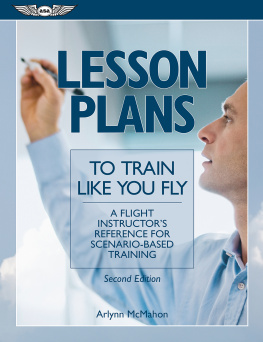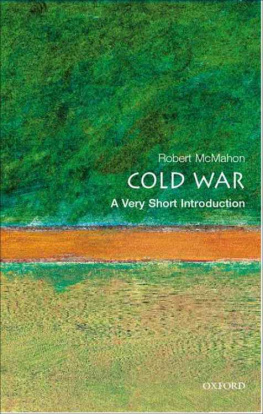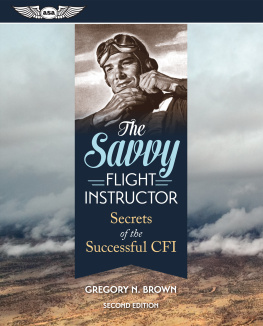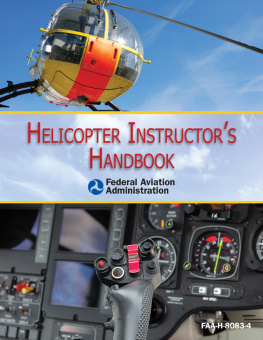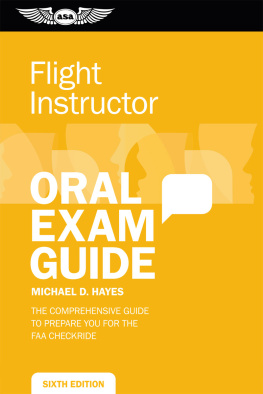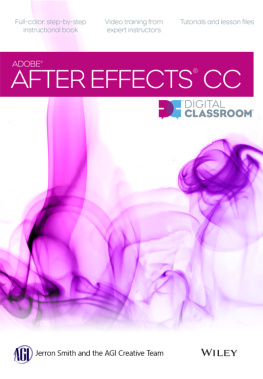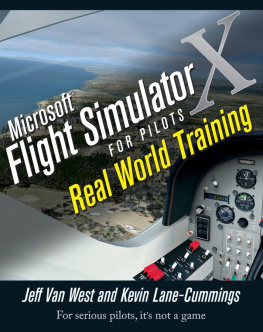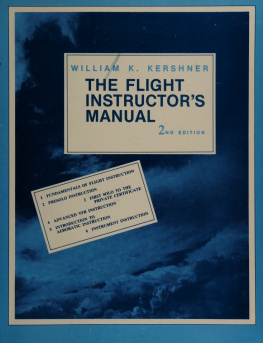
Lesson Plans to Train Like You Fly: A flight instructors reference for scenario-based training
Second Edition
by Arlynn McMahon
2016 Aviation Supplies & Academics, Inc. All rights reserved.
The purpose of this book is to provide information on aviation training. The user of this information assumes all risk and liability arising from such use. Neither the publisher nor the author can take responsibility for the actual operation of an aircraft or the safety of its occupants.
Aviation Supplies & Academics, Inc.
7005 132nd Place SE Newcastle, WA 98059
Website: www.asa2fly.com Email: asa@asa2fly.comVisit the ASA website ( www.asa2fly.com ) for updates posted for this book.
See also www.asa2fly.com/reader/lessonplans , the Reader Resources webpage
with additional material for free download.
Photo credits: Cover (front), Sean Justice/Corbis; beginning of Section I, istockphoto spx Chrome; Section III, istockphoto Jacob Wackerhausen. Illustrations are based on authors original whiteboard drawings; remaining photographs belong to the author.
ASA-LESSON-PLAN2-EB
ISBN 978-1-61954-491-8
Arlynn McMahon began her love of aviation as a youngster. She soloed on her 16th birthday; since that time her feet have rarely been on the ground. Arlynn is a graduate of Aero-Tech of Lexington, Kentucky, and also a graduate of Embry-Riddle Aeronautical University.
Arlynn has helped more than 1,000 students and CFIs fulfill their dreams of flight since she joined Aero-Tech as an instructor in 1984. A career flight instructor, she recently completed a MBA in Strategic Leadership from Amberton University. Today she serves as Aero-Techs Vice President and Training Centers Manager, responsible for all pilot training and flight activities. She is an active FAA Accident Prevention Counselor and was the 1991 FAA Regional Flight Instructor of the Year and the 2009 FAA National Flight Instructor of the Year. Arlynn specializes in teaching Aeronautical Decision-Making and Cockpit-Risk Management to the aircraft owner/nonprofessional pilot. She is a guest speaker at many aviation safety seminars and functions.
Arlynn possesses an Airline Transport Pilot certificate with multi-engine privileges and a Commercial Pilot Certificate for single engine privileges. She is a FAA Gold Seal and Master Instructor, with CFI, CFII, MEI, AGI, and over 10,000 accident-free hours, including 7,000 hours dual given. She is a Designated Sport Pilot Examiner and a FAAST Representative.
In 2006 Arlynn married her flight instructor and best friend, Charlie Monette. When not in a cockpit, they share sailing, scuba diving and all types of fun in the sun.
Foreword
Those of us from the FAA, Embry Riddle Aeronautical University, and the University of North Dakota who began the journey toward Scenario Based Training (SBT), Single-Pilot Resource Management (SRM), and Learner Centered Grading (LCG) back in the fall of 2003 knew that others would need to carry the work forward. Arlynn McMahon, 2009 FAA Flight Instructor of the Year, is one of those people. She was with the FAA Industry Training Standards (FITS) program from the early days and has continued to be a strong voice for realistic flight training. To your immediate benefit, Arlynn is also a delightful writer who makes the difficult easy to understand, and takes joy in the art and science of flight instruction.
As with her earlier book, Train Like You Fly, Arlynn has taken the fairly complex subject of maneuvers training within the Scenario Based Training methodology, and made it clear and understandable for the working flight instructor. Scenarios add context to the learning of a series of maneuvers. When the student understands meaning before tackling detail, they learn more quickly and more completely. Arlynn seamlessly combines the why with the how of learning maneuvers.
A soft-field takeoff, S-turns across a road, steep turns, and slow flight can simply be mindless maneuvers learned by rot e or part of a realistic mountain search-and-rescue scenario. The latter provides a vivid context within which the student can understand why it is important to be good at these tasks beyond basic stick-and-rudder skills. Additionally, the instructor can continually help the student make real-time safety and operational decisions during the scenario.
I would especially draw your attention to Section III of Lesson Plans to Train Like You Fly , where Arlynn tells us how to apply the principles of Scenario Based Training and Single-Pilot Resource Management to generic flight syllabi. Giving the student a realistic mission, and then guiding them through the detailed preparation and in-flight decision-making associated with the mission, builds repeatable problem solving skills and teaches sound judgment. The subject of teaching judgment often causes some disagreement among flight instructors. However, if learning can be defined as the change of behavior in response to stimuli over time, then following the scenario guidance Arlynn details in this text can surely have a positive impact on student decision-making behavior. Accident statistics consistently remind all of us who flight instruct that this is a critically important goal.
In Lesson Plans , Arlynn successfully bridges the gap between the theoretical and the practical. In the real world most instructors spend more time in front of a whiteboard than at a computer monitor. Making instruction simple, clear, and easy to repeat provides the instructor with more tools for their teaching bag-of-tricks. This excellent text adds a very valuable tool to that bag. I plan to add it to my flight bag, and I hope you will as well.
Frank Ayers, Ed.D.
Executive Vice President
Embry Riddle Aeronautical University, Prescott
CFI, ATP, B757-767
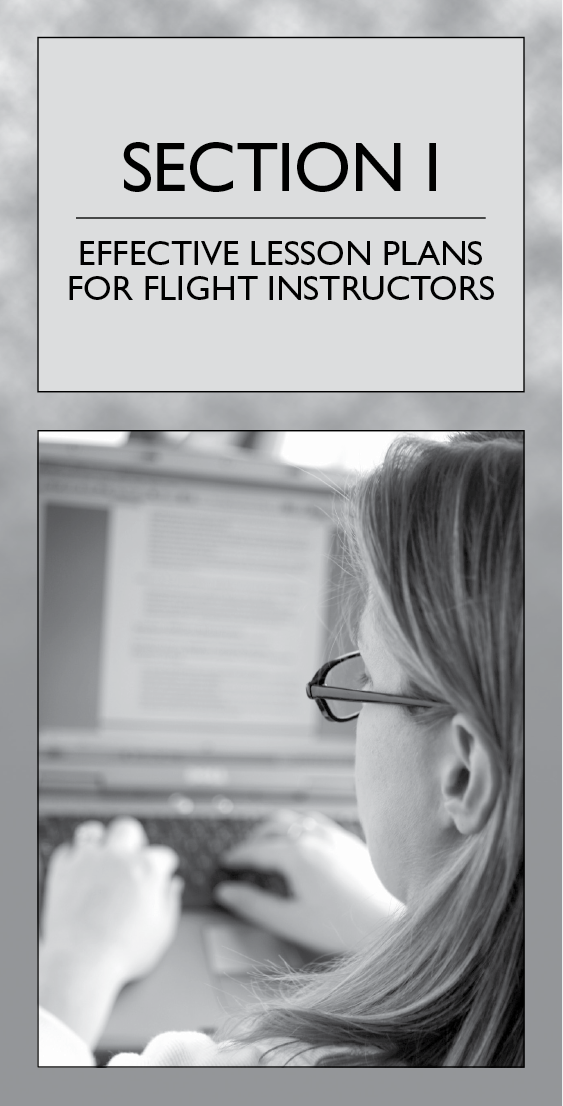
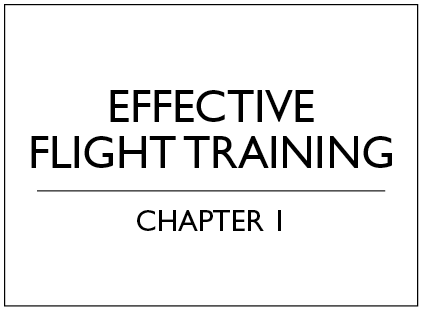
Congratulations on your decision to become an effective aviation instructor! As an effective instructor you will be expected to teach specific maneuvers and you will be asked to teach people who have never left the bounds of Mother Earth to make decisions while being totally outside of their natural environment. Its a big job.
Watch an Olympic ice skater perform on television and you know they had to learn specific jumps and spins to demonstrate the mastery of their sport. The same is true of pilots. A handful of maneuvers and skills are required to demonstrate proficiency and to pass the test. Just as that Olympic ice skater blends the required jumps into a pleasing routine that flows with grace and elegance, a pilot must combine maneuvers on every routine flight. But whereas an ice skater performs in a confined area and in a controlled environment, pilots are free to fly anywhere, in an endless variety of environments. Most flights are not routine. Some contain the unexpected and pilots often find the need for something never before practiced.
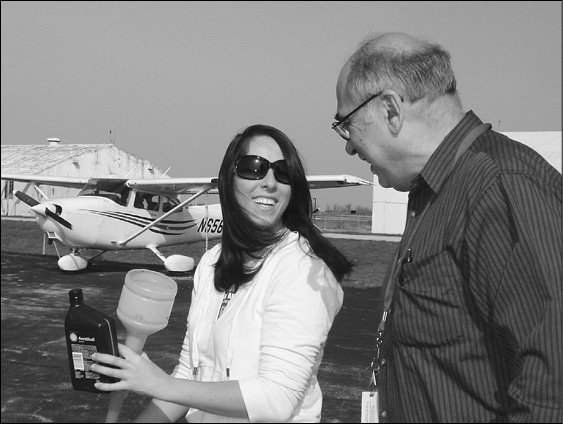
Flying is a thinking sport. It doesnt require great physical strength as other sports do. More like a game of chess, flying requires a pilot to understand how each decision and each move affects the successful outcome.
Most pilot training courses place little or no emphasis on attaining thinking skills. As a result, when a newly trained pilot flies into a new environment or experiences a flight outside of their normal routine, that pilot is sometimes unprepared to make smart decisions.
Next page
